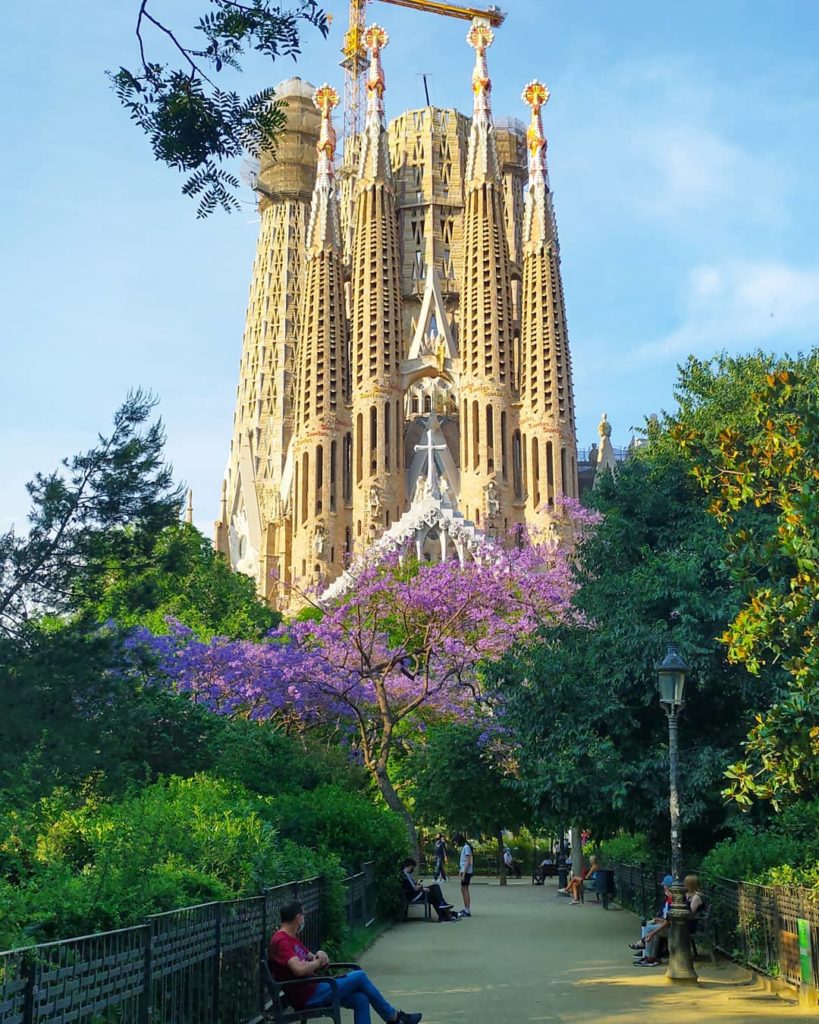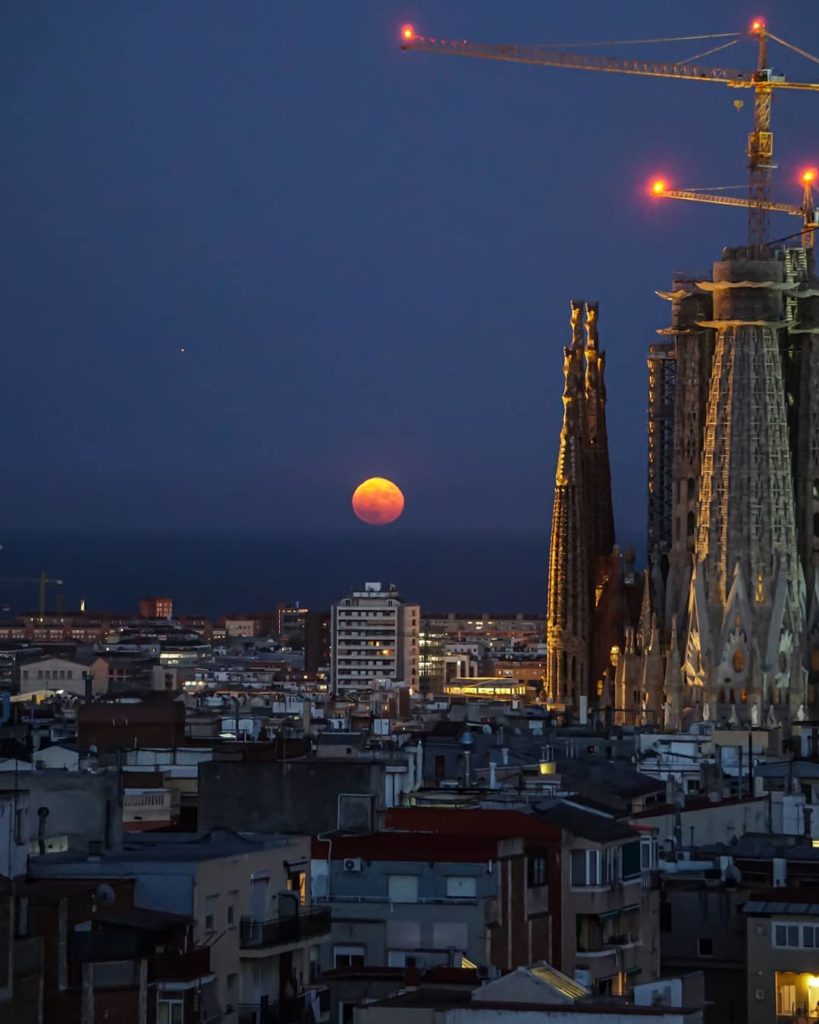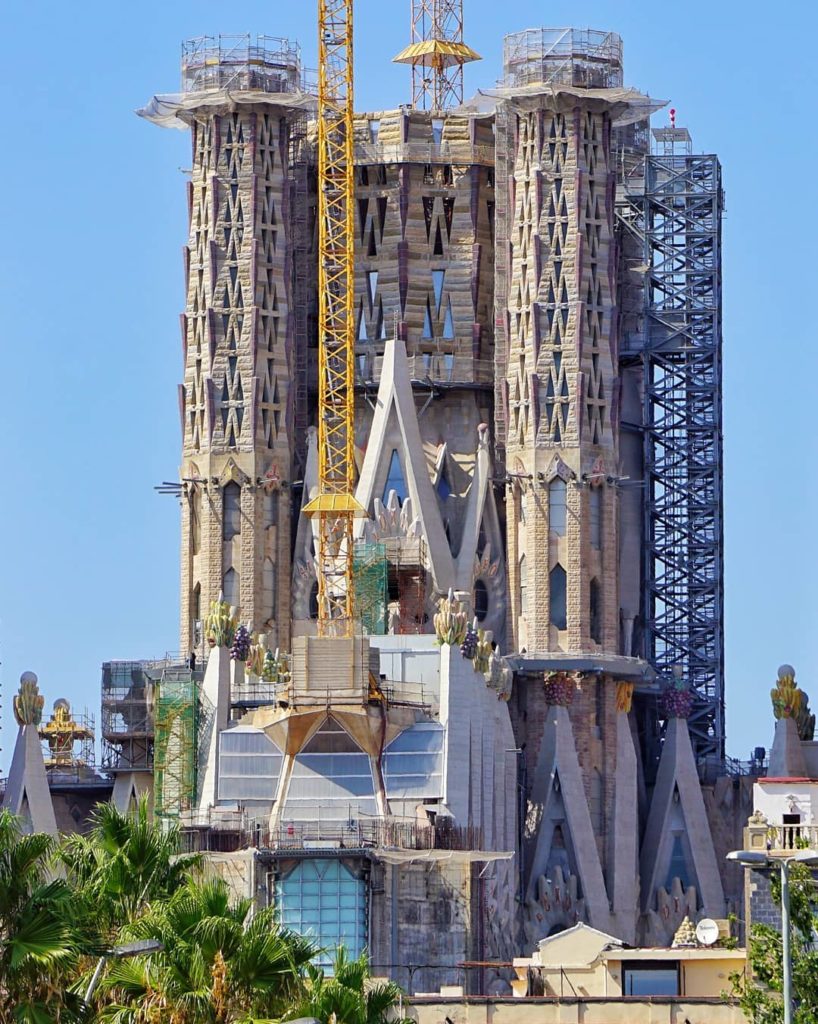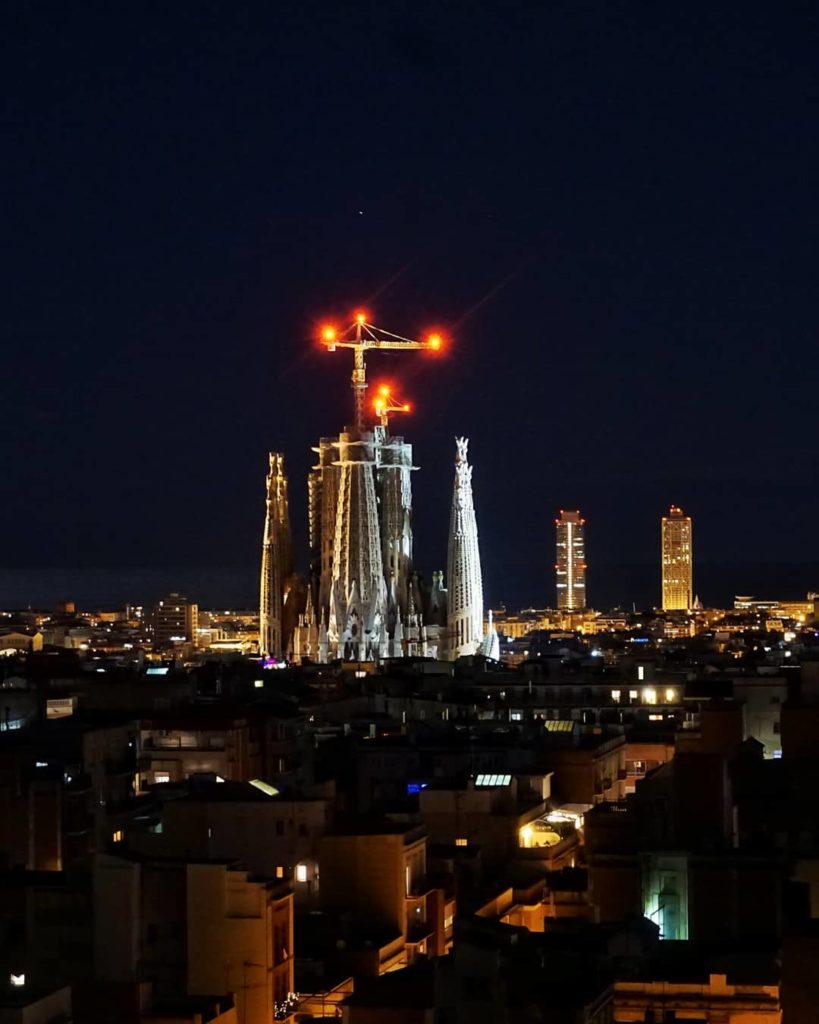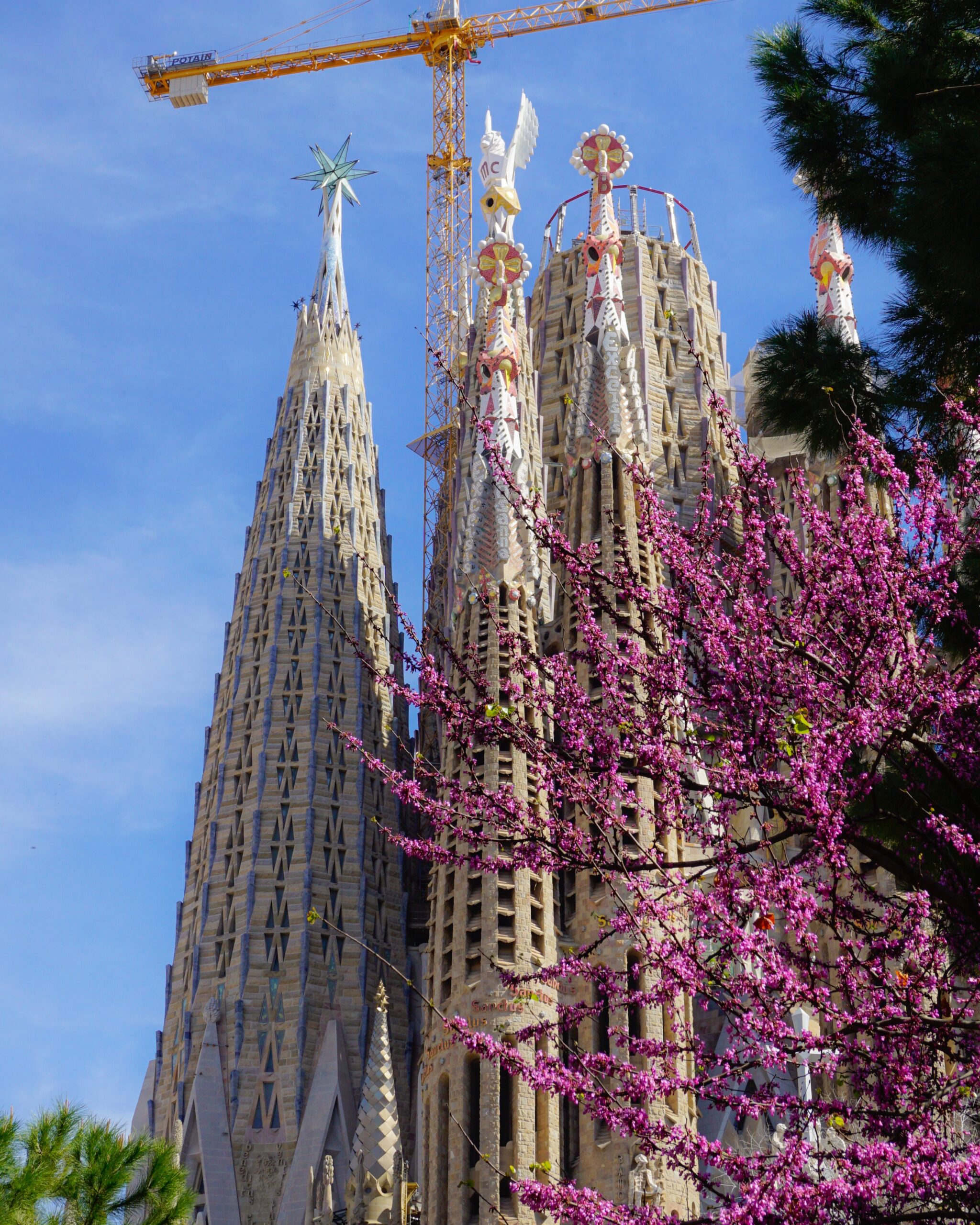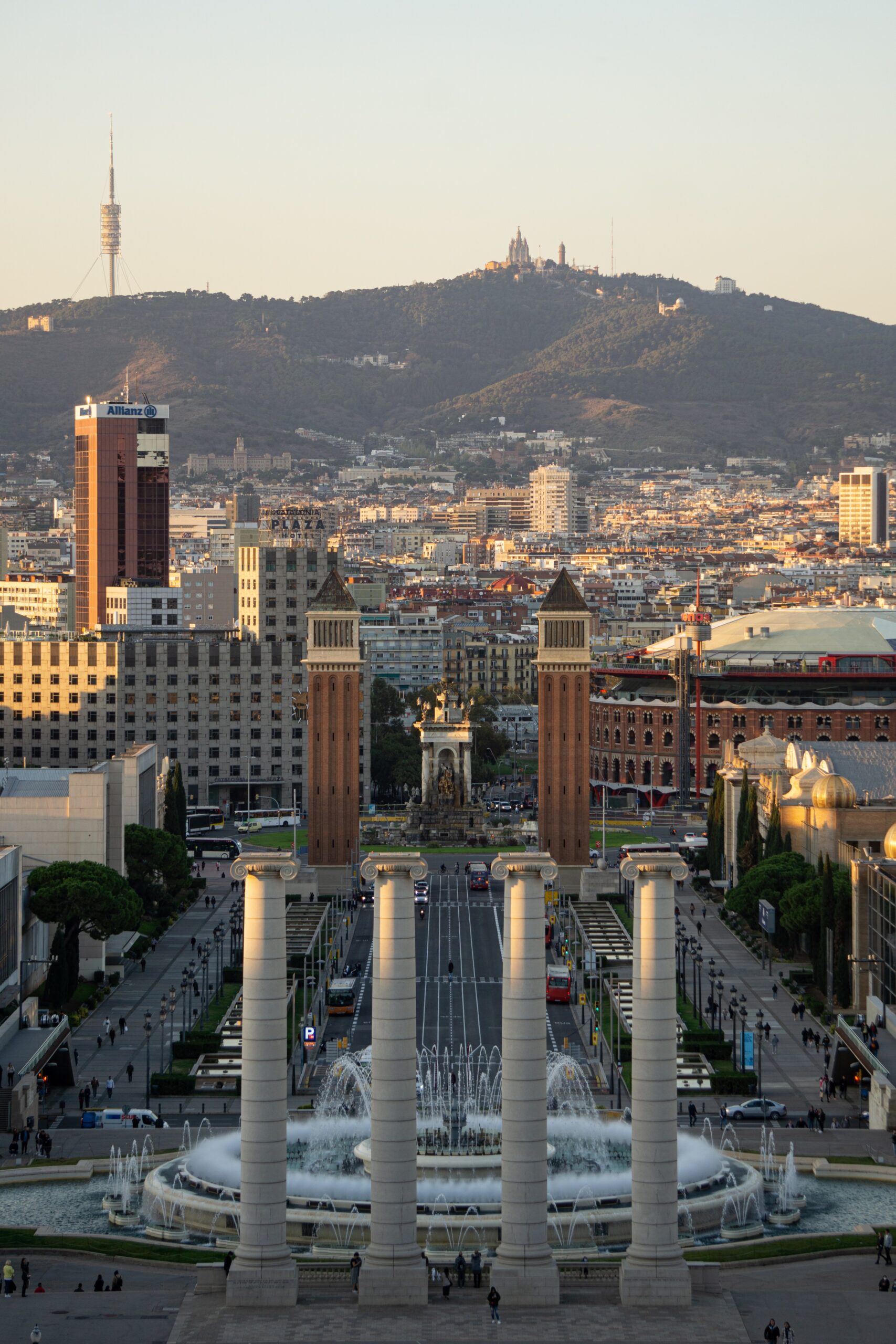Introduction
The Sagrada Familia, located in the heart of Barcelona, Spain, is an architectural marvel that captivates the imagination of millions of visitors every year.
Designed by the visionary architect Antoni Gaudí, this extraordinary basilica stands as an awe-inspiring testament to human creativity and ingenuity.
Although it remains incomplete, the Sagrada Familia is already hailed as one of the world’s most iconic and extraordinary structures, attracting admiration from art enthusiasts, architects, and tourists alike.
The Visionary Architect Antoni Gaudí
Antoni Gaudí, the mastermind behind the Sagrada Familia, dedicated the final years of his life to this monumental project.
Construction began in 1882, and Gaudí transformed the project into his life’s work, pouring his heart and soul into its design. Gaudí’s architectural style is characterized by a fusion of Gothic, Art Nouveau, and organic forms, creating a unique and unmistakable aesthetic.
His intricate attention to detail, organic motifs, and innovative structural solutions set him apart as a visionary architect of his time.
A Story of Continuity
The construction of the Sagrada Familia has been ongoing for over a century, and it continues to this day. Gaudí’s initial design called for an ambitious combination of three facades representing the birth, passion, and glory of Jesus Christ, along with eighteen towers.
Although Gaudí passed away in 1926, his vision lives on through the generations of architects, sculptors, and craftsmen who have worked tirelessly to bring his dream to fruition.
The ongoing construction serves as a testament to the commitment and dedication of countless individuals to realize Gaudí’s vision.
Architectural Marvels
The Sagrada Familia is an architectural marvel that combines symbolism, religious motifs, and technological innovation.
The basilica’s facades are adorned with intricate sculptures and intricate details, each telling a story from the Bible. The Nativity Façade, the first completed section, is a celebration of life and birth, while the Passion Façade portrays the suffering and death of Jesus.
The Glory Façade, currently under construction, will depict the resurrection and the eternal glory of Christ.
The interior of the basilica is equally stunning. Visitors are greeted with an ethereal space filled with a kaleidoscope of natural light filtering through the stained glass windows.
Gaudí’s innovative use of light, along with the towering columns reminiscent of tree trunks, creates a spiritual ambiance that elicits a sense of wonder and awe.
Technological Innovations
Gaudí was not only an artistic genius but also an innovator in architectural engineering. He incorporated groundbreaking techniques to bring his vision to life.
One such innovation is the hyperboloid structure of the columns, which ensures maximum weight distribution while minimizing the number of support columns required.
Gaudí’s pioneering use of parabolic arches and catenary structures also adds to the structural stability and grandeur of the basilica.
Completion and Future Prospects
The construction of the Sagrada Familia is estimated to be completed by 2028, marking the centenary of Gaudí’s death. However, this grand finale does not signal the end of the basilica’s journey.
The Sagrada Familia has always been intended as a living monument, adapting to the evolving architectural techniques and artistic styles of future generations.
Even after completion, the basilica will continue to be a work in progress, with ongoing restoration, maintenance, and potential additions.
Conclusion
The Sagrada Familia stands as an enduring symbol of human ambition, devotion, and artistic brilliance.

